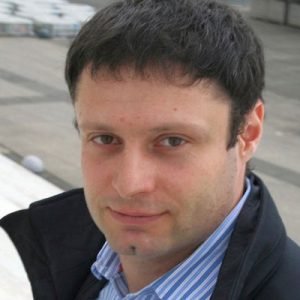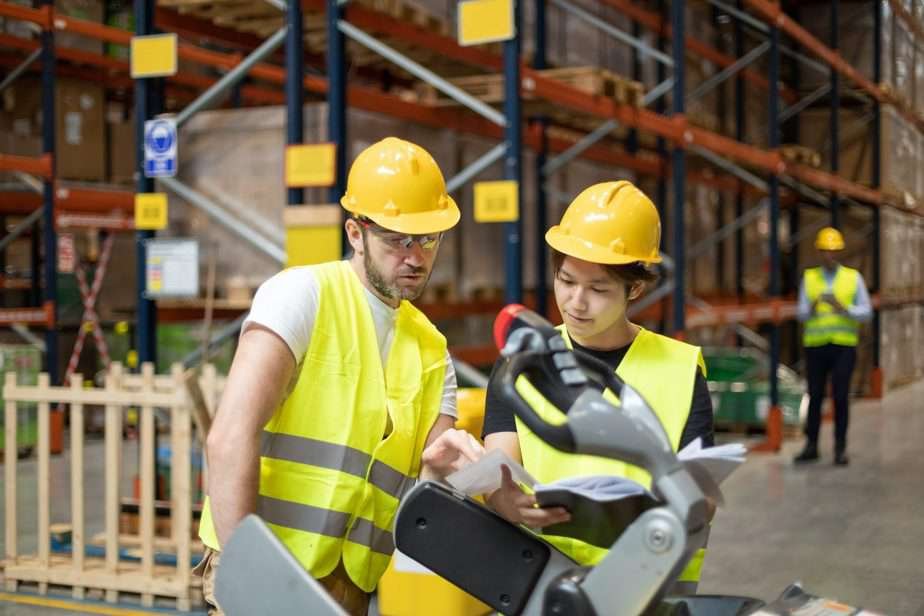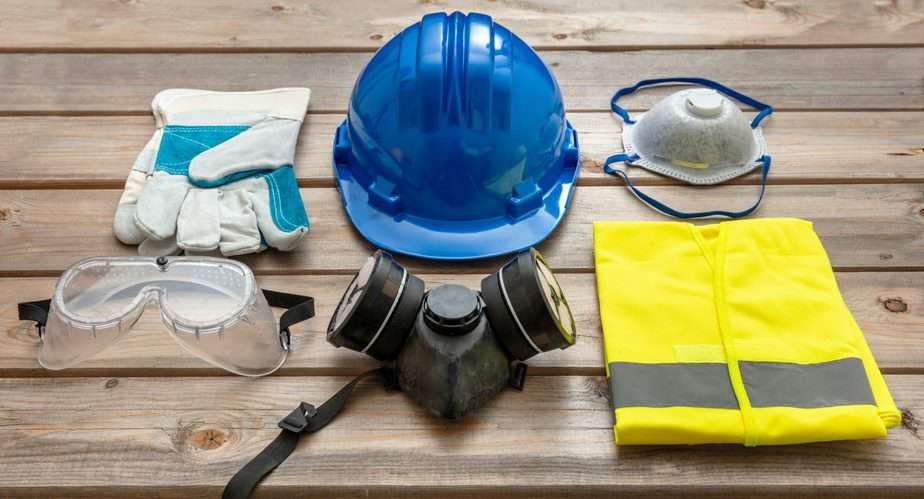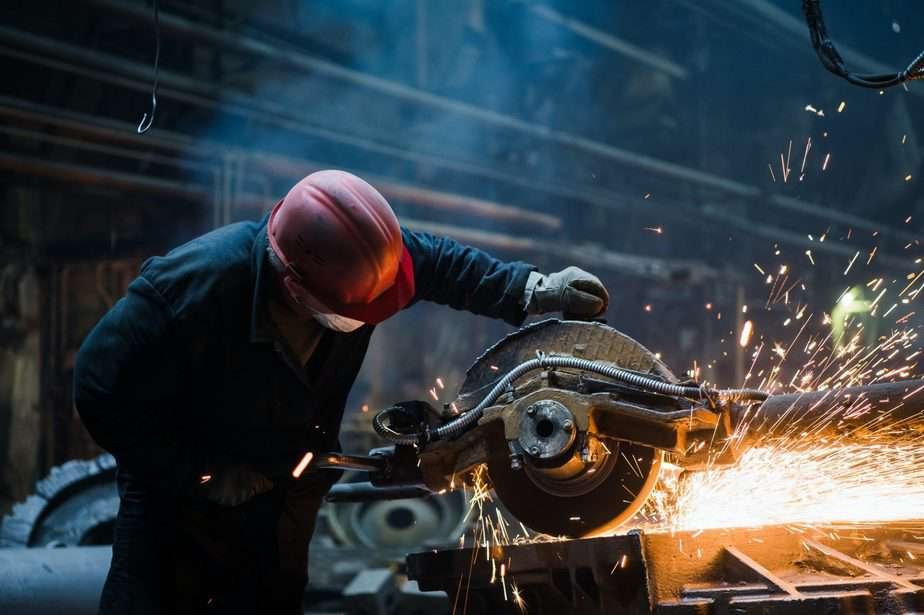
Matteo Loizzo
We had the pleasure to interview Matteo Loizzo, a seasoned engineer with 28 years of international experience in the oil & gas and carbon storage sectors. As the Program Chair for the Well Integrity Technical Section of the Society of Petroleum Engineers (SPE) since 2018, Matteo is a leading authority in well integrity, cementing, risk management, and more. With a rich portfolio of 31 technical papers, a book chapter on CO2 geological storage, and seven patent applications, he has made significant contributions to the industry. Companies like Shell, Statoil, Schlumberger, and others have benefited from his expertise. In this interview, we delve into Matteo’s remarkable career and insights.
Could you provide an overview of your 28 years of international experience in the oil & gas and carbon storage sectors? How did you initially get involved in this field?
I came to the oil & gas industry from the back door: after studying aerospace engineering I wanted to go and work abroad. I got a job at a major service company and fell in love with this people- and technology-centered industry. Then I couldn’t leave it any more. Carbon storage, gas storage, now hydrogen storage (as well as geothermal power and buried pipes for nuclear power plants) rely on the same foundation – deep wells – and have expanded the horizon of possible applications and challenges, while increasing my direct contribution to a sustainable future.
You’ve been involved in various aspects of well integrity, from field operations to technology development and management. Could you share some key highlights or projects from your career that have significantly impacted the industry?
Even while working for SLB, a major service company, I contributed to develop what is still the best “wireline tool” (non-destructive testing instruments hanging from a long fishing line) for cement evaluation in the market, and help steer the perception of CO2 storage wells from “bound to fail” towards “piece of cake”. I have continued to develop new technology since becoming a consultant, and the effort is bearing fruits: from advanced interpretation algorithms for cement evaluation logging, to understanding why gas leaks from wells are so small (by a factor 1,000 or so). Experiments we started this year on bubbles in a hair-width gap also promise to be as ground-breaking as they are fun.
You’ve delivered training on well integrity, risk management, QHSE, and more. How do you approach training to ensure that complex technical topics are effectively brought to diverse audiences?
Mostly by telling stories and by stimulating discussions and conversations. The best way we learn is by speaking up and stating things ourselves: asking one question is better than enduring tens of slides. Fighting boredom is also part of the approach, though it appears that I talk a lot about topics I like: knowing when to stop digging is essential to keep one’s audience attentive.
What do you believe are the most important skills or knowledge areas that professionals in the oil & gas industry should acquire to excel in their roles, especially in fields related to well integrity and asset integrity?
There are technical skills that are not necessarily taught at school: materials and aging (especially corrosion, where there are not enough experts), and non-destructive testing are common to all integrity disciplines. Then there are specific requirements for well integrity (e.g., drilling, completion, production) and asset integrity (e.g., process diagrams and process safety).
More than that, anybody planning to assure integrity must understand what is a management system, how to conduct an investigation, and how to be convincing – after all, you are not the one having the money to fix the problems. Plus, or course, you need to have all the relevant standards at your fingertips.
The oil & gas industry has been undergoing significant changes, including increased emphasis on sustainability and carbon capture. How do you envision well integrity practices evolving to align with these changing industry dynamics?
The biggest ongoing change to well integrity is eliminating methane leaks from oil & gas wells. It is likely that only 2% of wells account for 98% of releases, so we need to figure out which wells are at risk, why has their integrity failed, and how to repair them.
Well integrity will evolve from qualifying barriers (rule-driven) to ensuring there are no leaks (result-driven).
Could you discuss any specific challenges you’ve encountered while working on projects related to carbon storage and capture, and how you addressed them to ensure safe and effective operations?
The biggest challenge will always be existing wells, especially the ones that were decommissioned ages ago: will they leak as soon as we start pumping CO2, jeopardizing the whole project? Data are scarce, thus uncertainty high. If we don’t manage to understand failure by studying the interaction between well and geology, then the risk will be high and there will be little or no CO2 storage. Understanding the integrity of abandoned wells is thus by far the biggest challenge.
In your opinion, what role does ongoing learning and professional development play in maintaining a successful career in the oil & gas sector, and how have you personally approached continuous learning throughout your career?
Oil & gas is an industry undergoing continuous change and innovation. Not only what we do evolves rapidly (e.g., storing CO2, or hydrogen), but also where we do it (e.g., deepwater, or shale gas), and the technology we use. If we don’t keep learning we won’t be able to overcome the industry challenges in an effective an efficient manner. I try to stay ahead by pushing continuously at the boundary of technology, Reading literature and discussing with peers is an essential part of keeping abreast. I must also confess that I learn a lot when providing training: discussions and exchanges are a great way of understanding challenges and expanding my perspective. Training is always a two-way street, like any dialogue.



